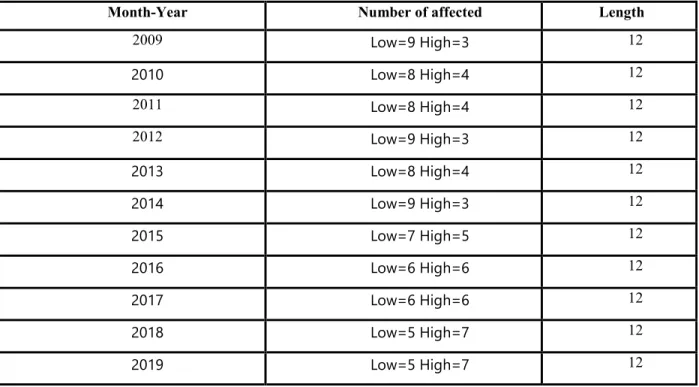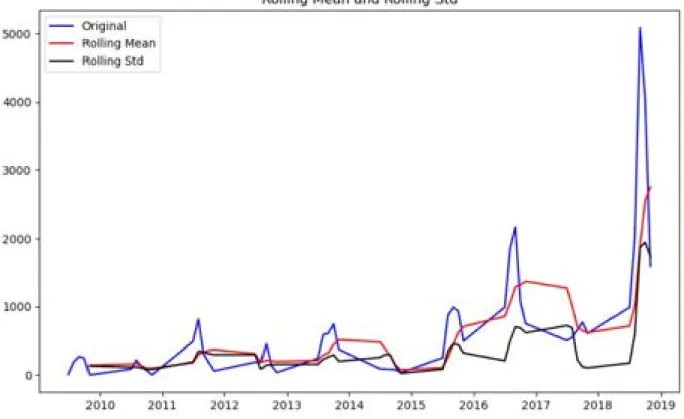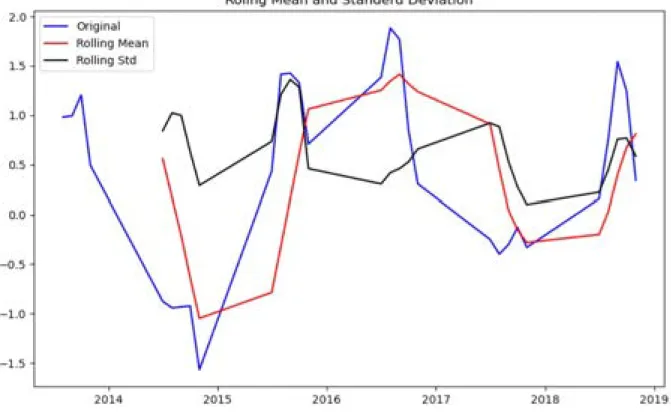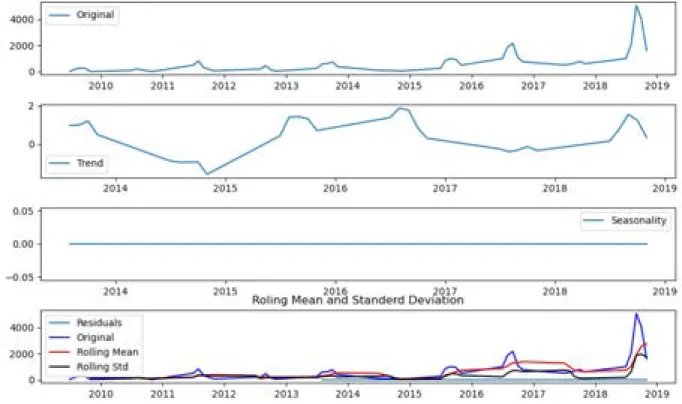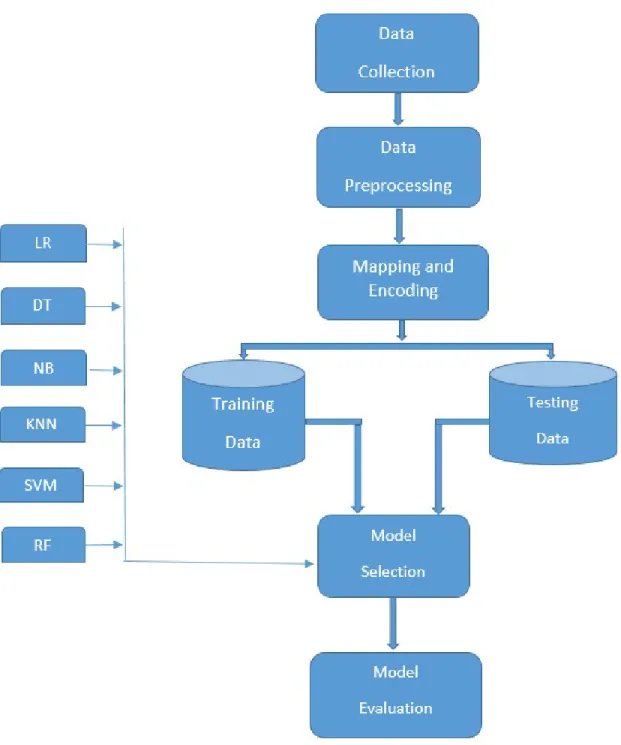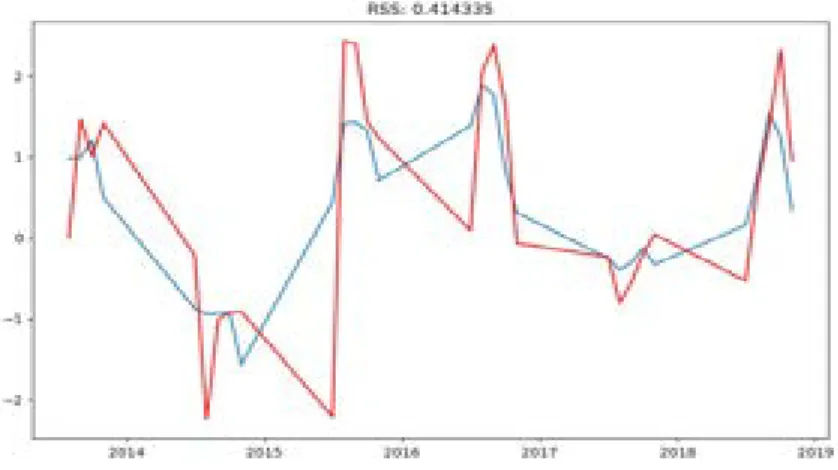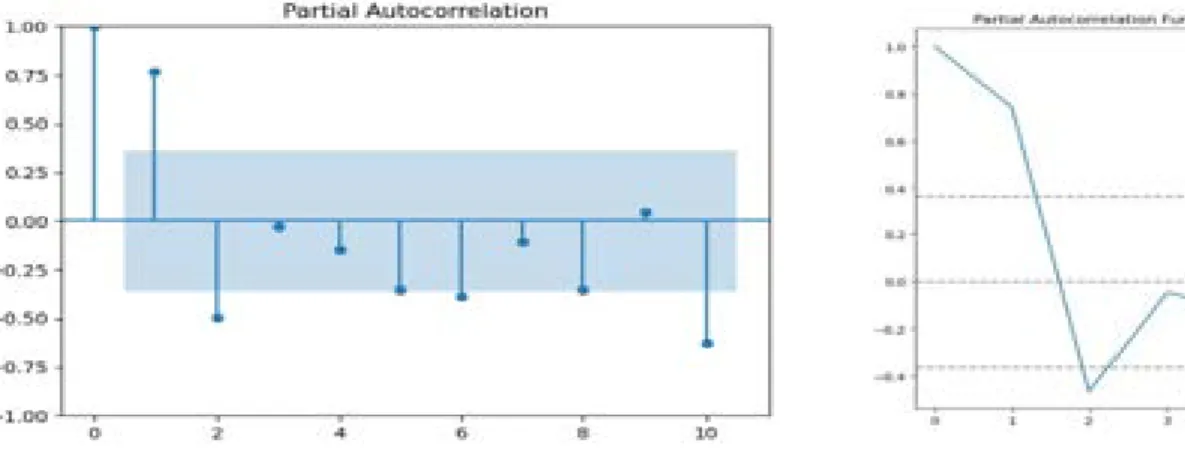It was very challenging for us to apply the time series algorithm because we know that dengue is mainly in August, September and October of the year. Dhaka, the capital and one of the most populous capitals of Bangladesh, the total population (about 16 million) was in the largest.
Motivation
Knowledge, attitude and practice (KAP) research can be used to eradicate disease through population awareness. How can we eliminate through sample collection research and can we continue to use health or very fast delivery of information; therefore, it may play an important role in disease prevention [27–29]. The prevalence of dengue in Dhaka, Bangladesh is increasing rapidly and given the recent increase in dengue deaths in Dhaka, one of the most populous cities, there is a need for ongoing assessment of people's knowledge, attitudes and practices, i.e. awareness among the people of Dhaka and appropriate planning by DNCC. It consists of Dhaka North City Corporation (DNCC) and Dhaka South City Corporation (DSCC) with a higher density of former low-income communities (> 124,000 persons per square kilometer) and shantytowns (1755 vs. 1639) populated by people but with fewer hospitals and clinics per inhabitant (193 vs. 293), we note [30, 35].
Rationale of the Study
Research Questions
Expected Output
Project Management and Finance
Research Layout
BACKGROUND
- Terminologies
- Related Works
- Comparative Analysis and Summery
- Scope of the Problem
- Challenges
In the pooled examination (joining the two urban communities), information about dengue was a critical indicator of good practice towards dengue fever among the respondents. Basically I did some analysis on dengue where using time series analysis and linear regression of machine learning I highlighted the speed nature, spread and severity of dengue.
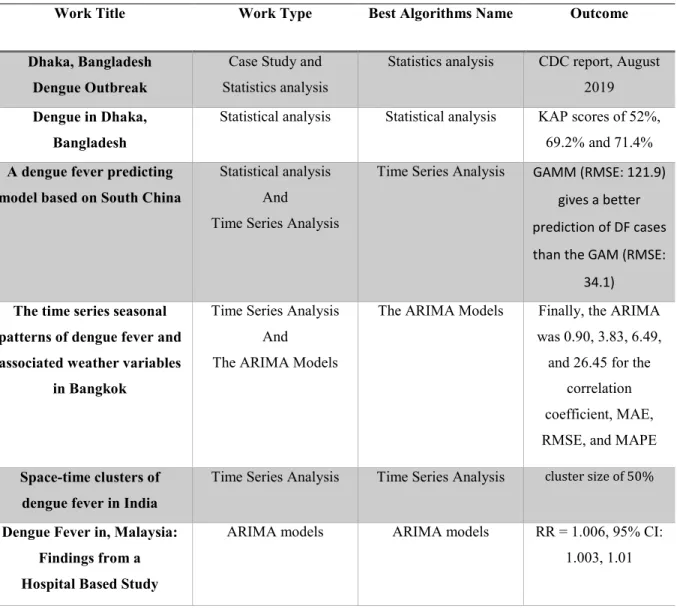
RESEARCH METHODOLOGY
- Research Subject and Instrumentation
- Data Collection Procedure
- Statistical Analysis
- Proposed Methodology
- Proposed Methodology for Time Series Analysis
- Proposed Methodology for classification problems
- Model Evaluation
- Implementation Requirements
First I want to talk about time series analysis and then about the ranking algorithm. In case it's not stationary, I need to use some method to make the data stationary and then I can use a time series, otherwise it won't be possible for us. Thus, we first drew the methodological steps of the time series analysis and later drew the separate methodological steps for the classification algorithms.
In this case, I applied time series analysis for analysis and classified algorithms for predictions. So first of all, it is better to say that to apply time series analysis, the I Dependent variable needs to find out what changes over time. All in all, stationarity in time series also implies a series without pattern or incidental parts.
So we first make our data Stationary the next step of Time Series analysis. Here we look at the time series decomposition method of analysis and how it can help with forecasting. An ARIMA model has 3 components representing the AR, I and the MA terms: p, d, q where, . p is the representation of the AR term q is the representation of the MA term .. d is the number of differences we get to make the time series stationary.
In this case I have used time series analysis for analysis and classified algorithms for prediction. First we have applied the time series analysis, now we will apply the classification algorithm, in that case we need to convert the number of affected column in the data set to categorical value, in this case we have calculated the median from the data of the Number affected column.
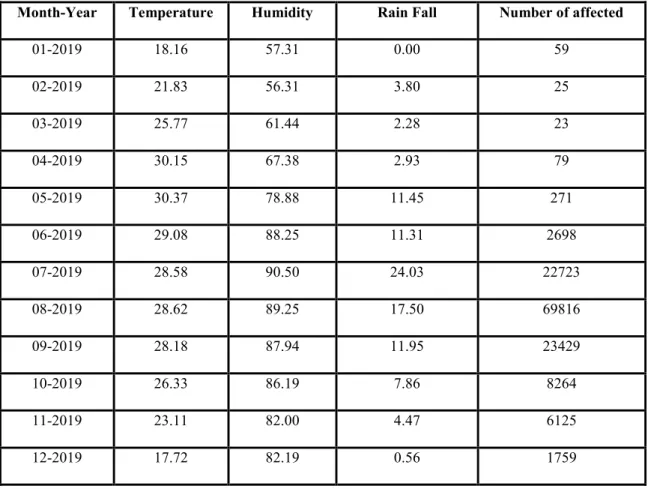
EX PERIMENTAL RESULTS AND DISCUSSION
Experimental Setup
Experimental Results and Analysis
This is a benchmark table that is mainly used to represent the performance of a machine learning model based on a set of test output data. It checks the performance by calculating four terms such as True Positive (TP), True Negative (TN), False Positive (FP) and False Negative (FN).
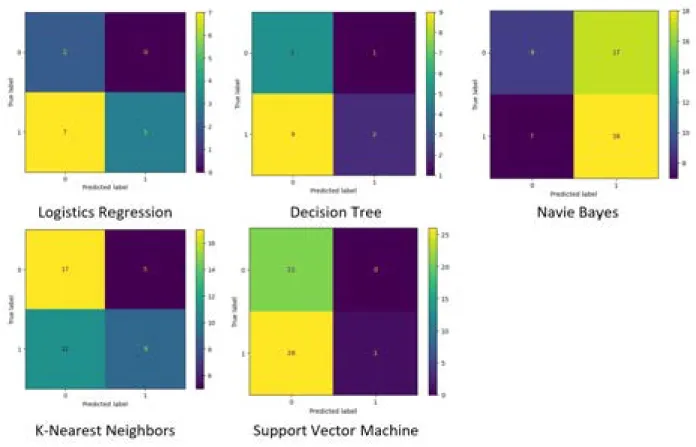
Discussion
If we look at its spread, we will see how much influence it has spread in our country over time. Especially in 2019, there is no way to save it from the epidemic, the total number of infected has exceeded all years and even many people are dying, and in 2019 we identified a new one, which we named Chikungunya. It also has the same characteristics as dengue, which makes the race born in the body in a slightly different way, but the symptom is close. In any case, I have finally managed to successfully analyze the dengue epidemic and hope to give some insight into the country's health sector. Although I noticed one thing, our country still needs a lot of research about dengue, especially we know that there is no vaccine for dengue, so maybe the research is very important from the side of medical science, because of which many lives can be saved. In my research paper, I mainly tried to analyze the spread of dengue fever, which eventually affects our society, so I used machine learning language to try to analyze dengue. Here I used a lot of machine learning algorithms including time series to get an idea of dengue spread over time and also used some secret algorithms to get an idea of when dengue spread is high or low.
IMPACT ON SOCIETY, ENVIRONMENT AND SUSTAINABILITY
- Impact on Society
- Impact on Environment
- Ethical Aspects
- Sustainability Plan
I have a big plan in the future which is to create a team and create awareness by visiting different parts of the society. We must make sure that rainwater does not collect anywhere and where there are polyethylene products, we have to throw them in the right place, because most of the time it is seen that water collects in various polyethylene products, which causes the spread of Aedes mosquitoes. We need to sustain this expansion profitably as we build a team and do it together. Another big plan is to conduct research in the hospital to publish a research paper on the extent to which the correct treatment is being carried out. It can face many challenges, but I want to do another research paper on it in the future. We all know that the condition of most of the government hospitals in Bangladesh is very deplorable and it is very sad that there is a lot of neglect of cleanliness around the hospital which is not desirable at all.
Somewhat better, they actually avoid government hospitals, mainly because they don't get good treatment or feel uncomfortable due to excessive illness. I myself suffered from dengue and went to Sir Salimullah Medical College, Dhaka where I had a very bitter experience. Unfortunately I didn't get any treatment there and finally got admitted in a private hospital which made me very sad that the treatment in a private hospital is much better than in a government hospital, maybe not everyone like me can afford this financially that's why I want to do a lot of research on this. So there is a thought to work more on how to improve the quality of the hospital-based treatment.
SUMMARY, CONCLUSION, RECOMMENDATION AND IMPLICATION FOR FUTURE RESEARCH
- Summary of the Study
- Conclusion
- Recommendation
- Implication for Further Research
One thing that is very noticeable about dengue among the Central Asian countries is that it is slowly spreading its influence among us and it is slowly becoming very difficult to face our challenges this morning. Although research on Bangladesh is less, we can a lot of research in places like India, Indonesia, Malaysia, Thailand, South China, etc., so research on Bangladesh should be increased. One of my efforts was to present dengue in front of everyone and analyze its terrible aspects and explain it to you. I hope I also gave everyone an idea in my research about how rainy weather is related to this. The more awareness we can create and reduce the pollution in our environment, the more we can keep our environment clean, and the more we can avoid it. One thing I noticed while working on dengue fever is that there are many challenges to work on, the biggest challenge being data collection. Many kinds of problems were encountered in collecting the data, all of which were very difficult to overcome even if I tried. Moreover, another challenge was to analyze it through machine learning.
I hope that if someone takes them into account, you can also do better research. And in doing so, you take our healthcare sector forward. A lot of research has been done in the meantime but there have been many challenges among them, the biggest challenge is data collection because our Ministry of Health does not keep the relevant ones although now they keep the previous ones which cannot be found which makes it very difficult and challenging do research on it.
Salje et al., “A nationally representative dengue serostudy in Bangladesh enables general estimates of disease burden,” eLife , vol. Morrison, “Vector dynamics and transmission of dengue virus: Implications for dengue control and prevention strategies,” Current Topics in Microbiology and Immunology, p. YA, “A Survey of Knowledge, Attitudes and Practices Regarding Dengue Fever Among Local Urban Communities in Taiz Governorate, Yemen.,” Biotechnology Journal, vol.
AbuBakar, “Practices of Dengue Fever Prevention and the Associated Factors among the Orang Asli in Peninsular Malaysia,” PLOS Neglected Tropical Diseases, vol. Selvarajoo et al., “Knowledge, attitude and practice on dengue prevention and dengue seroprevalence in a dengue hotspot in Malaysia: a cross-sectional study,” Scientific Reports, vol. Hossain, “Community perspectives on dengue transmission in Dhaka city, Bangladesh,” International Health, vol.
Herbuela et al., "Knowledge, attitude and practices regarding Dengue fever among pediatric and adult patients in Metro Manila, Philippines," International Journal of Environmental Research and Public. Walker, “Association between ecological and behavioral characteristics, dengue vector and disease control: a cross-sectional study of Dhaka city, Bangladesh,” International Health , vol. Naing et al., "Awareness of Dengue and Practice of Dengue Control Among the Semi-Urban Community: A Cross Sectional Survey," Journal of Community Health, vol.
